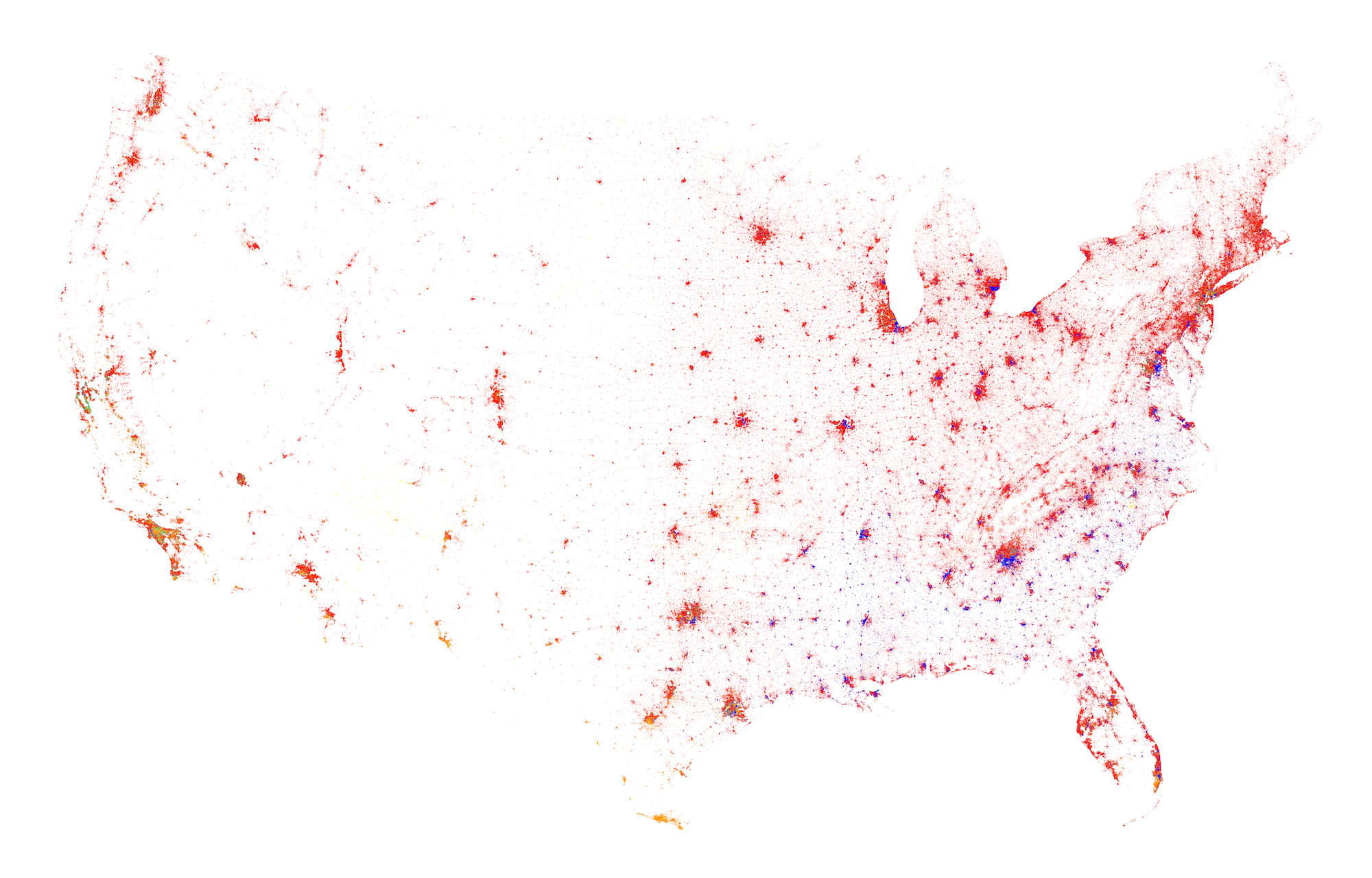
The 2020 United States Census will offer an electronic response option for the first time in American history — but we don’t know much about how that data will be kept secure. The Trump administration also intends to ask respondents whether they are U.S. citizens — a plan that now faces a multi-state lawsuit. Oh, and the actual position of U.S. Census director has been vacant for over a year (though there’s finally a nominee).
Furthermore, with trust in the government at record lows and giant companies like Facebook coming under fire for misusing consumer data, the process around the 2020 Census feels unusually fraught (though the decennial count of the U.S. population has always faced mistrust from some groups). In March, for instance, NPR reported that the 2020 count of the U.S. population will for the first time ask whether census-takers are in same-sex relationships. I’m sure you’ll be shocked to hear that responses to NPR’s tweet of that story were largely outraged ones: “What our country has come to.🤮” “This will not be used for good.” “Wow. Why would that matter at all?” It’s easy to imagine a fake-news census story going viral. It’s also pretty easy to imagine the real-life bad-news census stories.
“$600 billion is going to be given away in the next ten years according to the count that’s produced,” said Mark Hansen, professor at Columbia Journalism School, director of the Brown Institute for Media Innovation, and cofounder of News Counts, an effort to create a national journalism network that will cover the 2020 census. “Getting a good count has always been a crucially important measure of the health of our society, and we wanted to see the ways in which journalism could help not only raise awareness about the importance of people exercising their constitutional right to be counted, but also see where the census is. Where are we compared to 10 years ago?”
“I’ve had a longstanding interest in how news production and news work can move outside of newsrooms,” said News Counts cofounder Mike Ananny, an assistant professor at USC Annenberg. “From the perspective of creating a journalism partnership, the census seems like the perfect place to try to set up a network where we can talk about the meaning of the census and its importance at local, state, and national levels, in different communities — and do the storytelling of the census with the people that the census is impacting, but who also really need to engage in order to make for a successful count.”
The census also offers a trove of new angles and potential story ideas for local journalists, who “can use the context of the census to do the reporting they want to do anyway,” Ananny said. “The more you look at your community through the lens of the census, you get to understand who’s counted and who isn’t, who gets to have power over how money is spent, how transit is designed, how zoning works. A lot of that stuff is the stuff of journalism anyway, and the census provides the perfect context to think about your community a little differently. Our pitch is: Journalists, this isn’t a one-off phenomenon. It’s an ongoing, living record of our communities.”
News Counts’ ambitious goal is to build a network of partnerships around the country, bringing together local news outlets, local computational or statistics groups, and social scientists and demographers to tell data-inspired stories around the census. Hansen and Ananny are both on sabbatical to devote themselves to it full-time and are currently fundraising in order to support News Counts and to build up an innovation fund that will be doled out to other census-related projects. Some of the reporting and resources will be housed in a vertical at Columbia Journalism Review, and ProPublica is advising on the collaborative effort.
News Counts may serve another purpose as well: It will stand as a reminder that — at a time when the news cycle shifts constantly and major stories (like this one about U.S. Secretary of Commerce Wilbur Ross, whose department oversees the census) drop out of headlines quickly — somebody is paying attention. “One motivation was trying to create an immune system for the census — something that can be focused like a laser on making sure the count is scientifically robust,” Ananny said. “The 2020 census is happening at this curious and controversial moment where there is this question of where your data goes, and how different company technologies are accessing and using it, and there’s suspicion of the government and state. We want to take a step back and show that it’s a fundamental thing that’s needed for managing and governing ourselves and creating our community.”
And if and when the census does come under suspicion, Ananny added, “we want to make sure that journalists, and people in their local communities, have the rapid-fire ability to tell the story of why it matters, and why it’s something that needs to be defended.”